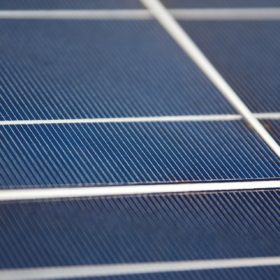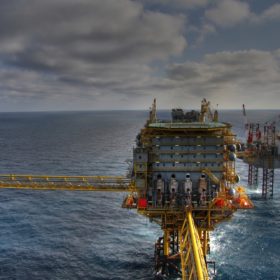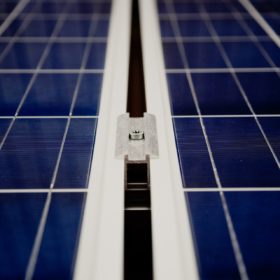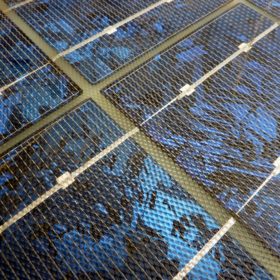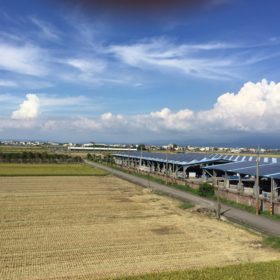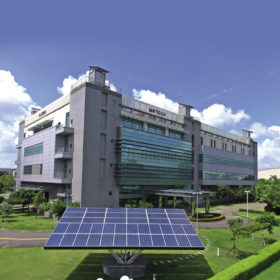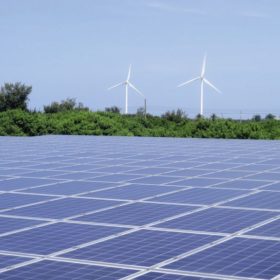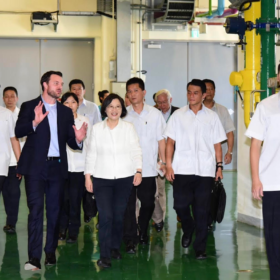URE lowers solar cell production in response to declining demand
The Taiwanese manufacturer has confirmed plans to focus on PERC cell production, while scaling down its operational cell capacity from 5 GW to 2.5 GW. It said it could return to full capacity if cell demand rises again, however.
Oil and gas majors join rush to renewables in Australia and Pacific
Renewable energy investment in the Asia-Pacific region, excluding China, will overtake spending on oil and gas exploration and production by 2020, finds Norwegian consultancy Rystad Energy. And Australia is set to emerge as one of the leading investment destinations.
Taiwan’s PV industry to become a GW scale market: The obstacles and opportunities
To keep up with the global shift to renewable energies, the Taiwanese Government has passed the first large set of amendments to its Renewable Energy Development Act since the legislation’s inception in 2009. The amendment bill passed its third reading on April 12, 2019, and was designed to optimize the renewable energy environment, to keep up with the changes to the Electricity Act and to increase civic engagement.
Consolidation of Taiwanese PV industry continues with another shutdown
Taiwanese manufacturer E-Ton Solar said it will halt solar cell production due to strong price pressure. It is now seeking to sell two of its three manufacturing facilities in southern Taiwan, while its shares have been suspended from trading on Taiwan’s stock exchange.
Taiwan’s PVEVL expands performance tests to perovskite, quantum dot and organic solar cells
Despite the difficulties its solar manufacturing industry faces, the Taiwanese government is ramping up its R&D efforts to measure the efficiency of what it calls “new-generation light-driven photovoltaics”.
Taiwan becomes a GW solar market
TrendForce says the country deployed more than 1 GW of new PV for the first time last year, and predicts this year may see as much as 1.5 GW of new solar capacity. The nation’s cumulative capacity reached 2,618 MW at the end of last year, according to the International Renewable Energy Agency.
Motech posts record $220.5m net loss in 2018
Motech Industries revealed this week that its annual net loss widened by 124.19% year on year to NT$6.795 billion ($220.5 million), marking its biggest yearly net loss ever.
Taiwan’s URE inks 200-300 MW module supply MoU
United Renewable Energy was the result of a troublesome year for Taiwan’s solar manufacturing market. The company has signed a memorandum of understanding with Asia’s largest independent power producer – Vena Energy – for the supply of modules for projects in Taiwan’s strong development sector.
Google signs first solar PPA in Asia
Global technology giant Google this week announced that it has signed an agreement to purchase the output from a 10 MW PV installation in Tainan City, Taiwan, to power its Changhua County data center on the island’s west coast. The agreement represents Google’s first move to procure renewable energy anywhere in Asia, and the first agreement made since a recent change to Taiwan’s Electricity Act allowed non-utility companies to buy renewable energy directly.
Obscured policies in Taiwan’s FIT scheme to impact on sustainable development of local solar supply chain
The Taiwanese Ministry of Economic Affairs (MOEA) has announced a 10.17% decrease to next year’s feed-in tariff (FIT) rates for solar PV installations, which is much higher than the average decrease of 4.25% in the global PV industry. This will make 2019 a tough year for Taiwan’s PV industry, with wider-than-expected impacts on the whole market.
